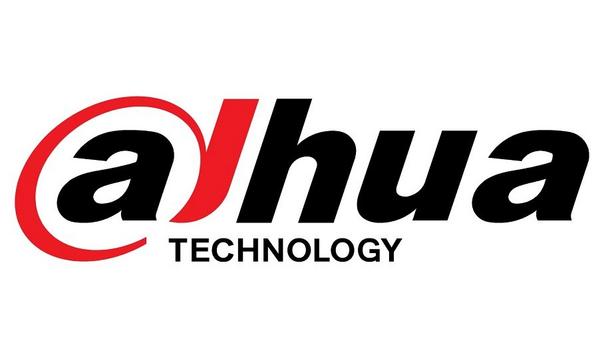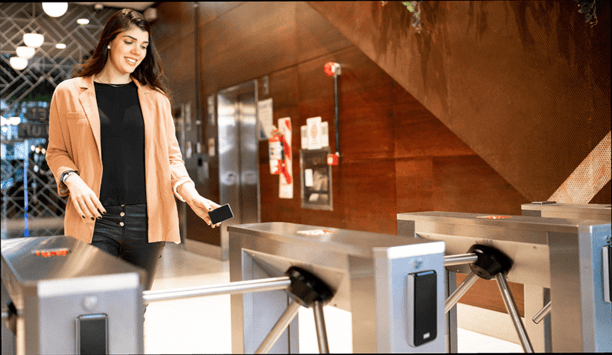 According to figures published by the Metropolitan Police last year (Crime in London schools 2000-2004), every week in the UK there are 2,100 arson attacks, 20 schools are damaged or destroyed by arson, two people die and 55 people are injured in fire-related incidents, and the (direct) cost of arson is put at somewhere around £40 million. The Met Police figures also show the number of burglaries at schools at 7,500 for the period, and a further 7,300 reports of criminal damage.
According to figures published by the Metropolitan Police last year (Crime in London schools 2000-2004), every week in the UK there are 2,100 arson attacks, 20 schools are damaged or destroyed by arson, two people die and 55 people are injured in fire-related incidents, and the (direct) cost of arson is put at somewhere around £40 million. The Met Police figures also show the number of burglaries at schools at 7,500 for the period, and a further 7,300 reports of criminal damage.
The problem, in part, is that schools are typically ‘soft’ targets. The problem is being further compounded, with respect to burglaries, as the government’s drive to put more computers, projectors, whiteboards and general ICT technology in schools, makes them very desirable targets for thieves.
There are several approaches to security in schools, from manned guarding visits, burglar alarms and access panels, to using cameras as a deterrent, and from remote monitoring of the site to onsite guards and site roaming. None of these is foolproof. When alarms are triggered, it may be several minutes or longer before a guard arrives to investigate and alarms without guarding backup are regarded as a nuisance and often go ignored.
Remote Monitoring with Motion Detection: Proactive and a Deterrent
Remote monitoring using external motion detection can prevent incidents happening in the first place. Every camera, inside and outside, can be associated with motion detection, remotely monitored over IP, using existing bandwidth outside normal operational hours.  Alarms – generated by CCTV motion detection - can be recorded, confirmed and responded to in an appropriate way. Operators at a Remote Video Response Centre can observe an intrusion as it is happening, interpret the behaviours of whoever has triggered the alarm from the sight of the camera, and take any necessary action. In addition, rather than sending guards to apprehend suspected intruders, the system can act as a deterrent by broadcasting tannoy messages through a live, bi-directional audio feed, to warn a potential intruder they are being observed. All this delivers much greater control, a reduced requirement for live monitoring and consequent reduction in ongoing costs.
Alarms – generated by CCTV motion detection - can be recorded, confirmed and responded to in an appropriate way. Operators at a Remote Video Response Centre can observe an intrusion as it is happening, interpret the behaviours of whoever has triggered the alarm from the sight of the camera, and take any necessary action. In addition, rather than sending guards to apprehend suspected intruders, the system can act as a deterrent by broadcasting tannoy messages through a live, bi-directional audio feed, to warn a potential intruder they are being observed. All this delivers much greater control, a reduced requirement for live monitoring and consequent reduction in ongoing costs.
The primary benefits of such systems are to protect the infrastructure, people, and assets, and to counter petty crimes such as opportunistic theft or vandalism. They are invaluable to schools in that they help externally to protect perimeters, and are particularly effective at reducing incidents of vandalism. IP CCTV can also integrate with other alarms such as door entry and intruder devices, provide rapid and effective response in an emergency situation and aid visual identification and prosecution, while providing detailed ancillary management information of use to the school.
Verint’s Solution
Verint implements a hybrid solution combining cameras, MotionTrack™ motion detection software and remote monitoring to protect and secure such wide area campuses as schools and colleges as well as corporate sites, airports and railway stations.
MotionTrack, Verint’s Video Intelligence Module™ provides sophisticated outdoor motion detection that helps to filter out nuisance alarms while identifying motion of interest. Designed to understand what is considered normal in a scene, MotionTrack detects changes that are of importance to the user. MotionTrack achieves highly sensitive motion detection in a wide range of environments, providing its users with a low false alarm rate.
With 24/7 Smart Alarm Monitoring, trigger events are allocated a pre-determined response – i.e., sending alarms to video walls, sending voice/SMS message or transmitting a pre-recorded voice/tannoy alert to the camera position via IP.
Return on Investment
So what about ROI? When evaluating different security options, consider how much a school could stand to lose.
What is the cost, for example, of losing expensive ICT technology – maybe £15,000 a year? Cleaning graffiti or repairing damage could cost up to £15,000 a year. Consider the cost incurred through arson, which averages something in the order of £25,000, without going in to the ‘hidden’ costs of having to close a school whilst the building is prepared. With this extra protection and deterrent, even a 10% saving could mean a saving of many thousands of pounds.
And then there is probably the greatest cost saving of all. The cost to a school’s reputation, and their ability to provide a safe environment in which the children can be taught, and the staff can work. Priceless?
















